The importance of understanding our customers has long been a marketing fundamental. But the concept of mapping a customer’s digital journey didn’t gain popularity as a marketing tool until the early 2000s.
With the rise of UX design, more and more businesses are recognising the value of user experience intelligence.
But, whilst many businesses spend precious time and money developing their User Journey Maps, only around half of them go on to use the data they’ve uncovered effectively.
Here we look at why some User Journey Maps get forgotten while others become a tool for business growth and innovation.
And most importantly, we’ll explore how you can make sure your User Journey Map becomes a business asset that provides tangible return on that precious investment.
We’ll cover:
- Why User Journey Mapping is important
- The benefits of User Journey Mapping
- Why some User Journey Maps get left on the shelf
- How to create a User Journey Mapping process that actually benefits your business
- How to take effective action from your User Journey Map
- The future of User Journey Mapping
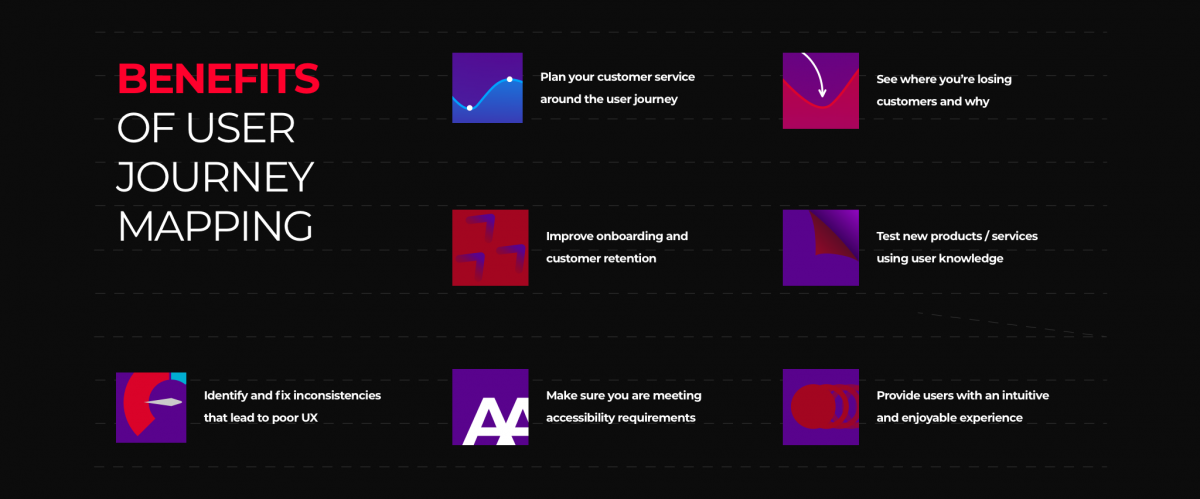
All business is born from a need or want in the market. That much is simple. But what happens when those needs and wants change and develop over time?
What happens when we stop dealing with our customers face to face and start interacting with them in the virtual world via websites, mobile apps and social media?
How can we keep track of what our customers or prospects need and want, so that we can continue to meet, and exceed, their expectations?
This is where embracing the process of User Journey Mapping can set your business apart.
Let’s briefly remind ourselves why this is.
Why is user journey mapping important?
The growth of the digital economy means that, today, each of your users might interact with your business through several different channels.
Recent research from Salesforce found:
- The average consumer is now using 10 channels to communicate with businesses
- 80% of customers now consider their experience with a company to be as important as its products
- 60% of customers in the UK expect the customer experience to be connected
A User Journey Map gives you an important visual representation of a user’s interaction with your brand.
It doesn’t just identify user touchpoints with your business (those critical points at which customers can form opinions about your business). It also maps out user motivations, pain points, frustrations, and emotions that arise at each of those touchpoints.
Essentially, it focuses on your business from the user’s perspective.
With your user journey mapped out, you have the opportunity to optimise each connection. By improving the experience of your product or service, you can begin to deepen the relationship with your user.
You can remove the guesswork in your processes and build trust and feel-good relationships with your customers.
And this is how you start to stand out from the crowd.
As a digital agency that champions UX design, insights into user behaviour mean we can build exceptional user experiences based on data, not assumptions.
“In today’s digital world, there is so much information available that organisations cannot ignore the need for periodical reviews across all of their digital touch points and footprints. User Journey Mapping is a vital aspect of this.”
Raj Bawa, Operations Director at JBi Digital
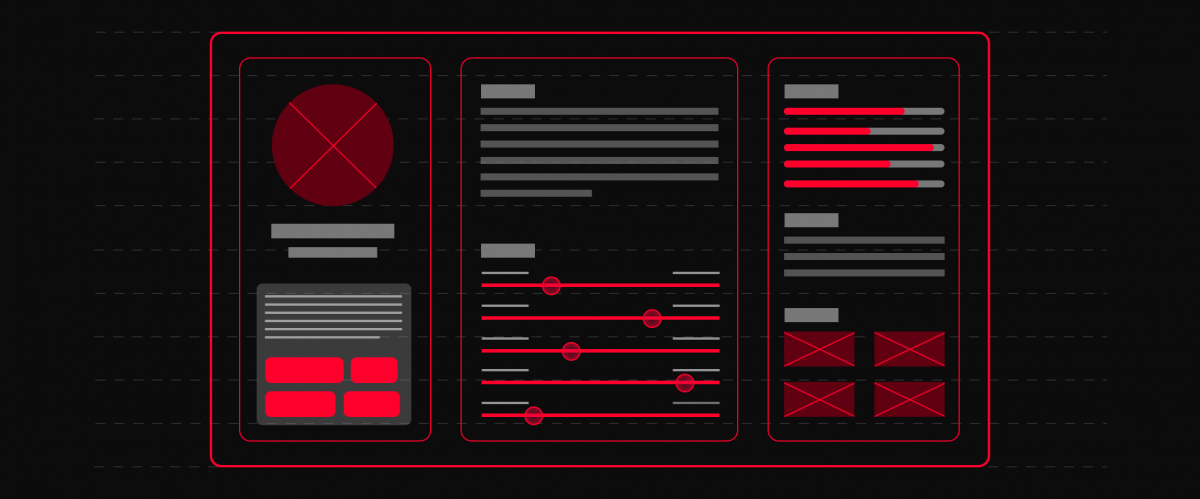
Why do the majority of User Journey Maps get left on the shelf?
It’s clear that User Journey Mapping is worth the investment when it helps create tangible improvements to your user experience.
So why do over half of organisations creating User Journey Maps fail to implement their findings effectively?
As digital user experience specialists, we’ve identified 4 common stumbling blocks to effective User Journey Mapping:
- Inadequate planning for all User Journey Mapping phases
The creation of your User Journey Map should be the middle of three phases. It should be preceded by a planning phase establishing objectives and processes, and followed by an implementation phase where findings are analysed and transformed into actions. Carrying out a User Journey Map with insufficient processes in place for planning, analysis, and implementation could leave you wondering what to do next with all the data you’ve diligently gathered. - Lack of buy-in from Board members
Managing a project that’s given little priority in the grand scheme of a business can feel like wading through treacle. A User Journey Mapping process without a business plan, including a case for why it’s important (improved customer experience and return on investment), won’t get the attention or commitment of senior decision-makers. It risks getting pushed down the wish list (or worse, carried out as a one-off and forgotten about) rather than embraced as a tool for ongoing business development. - User Journey Mapping processes become too complicated
Depending on the size of your organisation, approaching the task of mapping your users’ journeys might seem overwhelming. But it needn’t. It’s a lack of focus that causes problems. By failing to focus on one specific user journey and casting the net too wide, businesses find that identifying practical outcomes to improve that user experience becomes almost impossible. - Businesses don’t always speak to their customers
We may be communicating regularly with our customers through a range of channels both online and offline. But this can create false confidence that we know what our customers are thinking. There’s no substitute for talking to your customers specifically about their experience, whether it’s via an existing feedback mechanism, or with tailored surveys and interviews.
“Research reveals 82% of organizations have their own customer journey maps, but fewer than half (47%) actually use those maps effectively.”
How to create a User Journey Map that actually benefits your business
At JBi Digital, each map we create is tailored to our client’s business so that we can analyse our findings and implement business-specific changes which produce positive outcomes.
How can you make sure your business enjoys similar results?
Here are 5 steps that will help you to create a User Journey Map that provides tangible benefits for your business:
1) Decide on the scenario you want to map.
Focus on one journey at a time. Think about the stages of a buyer’s journey from awareness, to consideration, to decision.
2) Identify the audience or persona you want to follow.
This will represent one of your customer segments. At this stage your personas might be just a guide – your User Journey Map will help you clarify your personas.
Read about how we created personas for Hovis during their website build here.
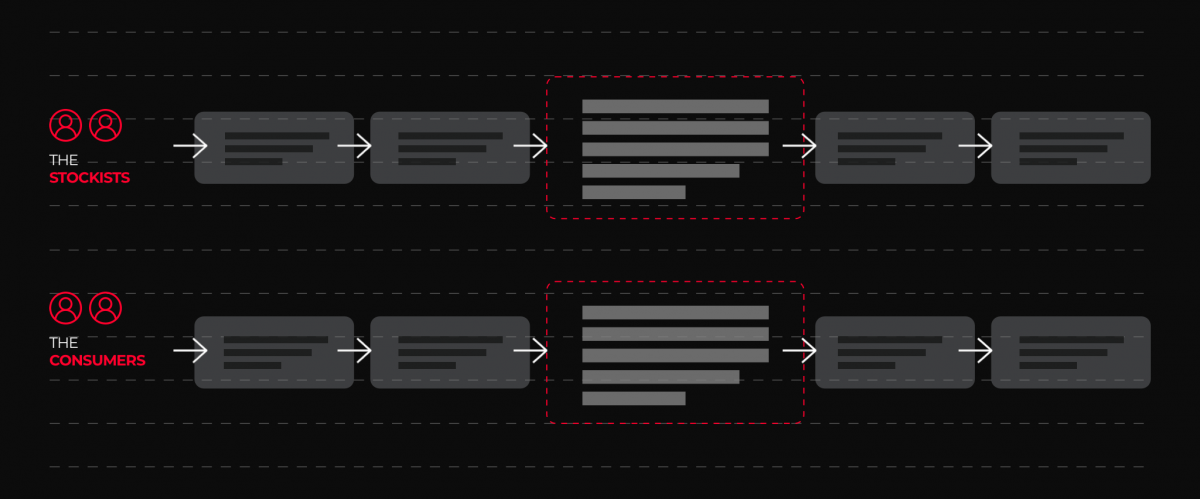
3) Research: Collect quantitative and qualitative data about your users’ needs and wants.
Here are some ways you can do that:
- Speak to your customers. Find out what’s happening during your user journey by carrying out customer interviews (around 5). Gather as much intelligence about their experience as possible. You can also make a note of strong good Voice of Customer examples for future content creation.
- Analyse website activity using:
- Look at customer reviews of your product or service
- Use a behavioural research tool like Optimal Workshop to help you understand how your users think
- Survey existing customers with tools like Survey Monkey, Google Forms or Typeform
- Delve into your complaint logs
- Follow your users on social media to see what they’re saying about your business, and businesses like yours
4) Use your research to pull everything together and map out your user journey phases.
Identify touchpoints, and the channels where they take place online and offline.
5) Map out the following for each journey phase:
- User motivations
- User frustrations / confusion
- User pain points / obstacles
- How it feels to be a user at each phase
- What’s already working well
The Nielsen Norman Group talks about mapping Actions, Mindsets, and Emotions here, and has a handy template here.
There are a range of collaborative design apps that help build your visual user journey such as Lucidchart, UXPressia, Smaply, Miro, Gliffy and Sketch.
We often work with more than one tool because of the level of customisation we provide, but sticky notes and colour pens still work too!
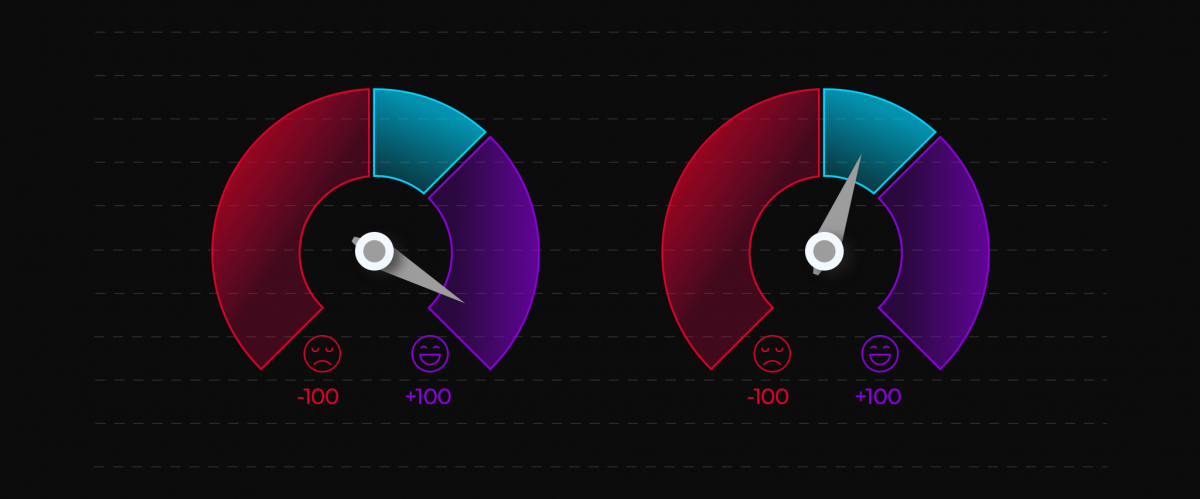
How to act on the results of your User Journey Map effectively
So, you’ve done all the hard work by creating your User Journey Map… what now?
It’s time to analyse your findings and identify where, and how, your users’ journey can be improved.
By following these 6 steps you can confidently create a blueprint for a successful User Journey Mapping process that meets the needs of your business:
1) Create a User Journey Task Force
Put together an internal Task Force, with representatives from around the organisation including senior management and subject matter experts.
The Task Force should be responsible for:
- Gaining Board buy-in and commitment to the process
- Establishing objectives and how outcomes will be measured
- Keeping the User Journey Mapping process on track
- Looking at the feasibility and impact of identified improvements
- Prioritising and driving forward actions
- Reporting on outcomes and return on investment
2) Identify which processes or actions are creating frustration or losing users
You might like to consider these as Moments of Truth (a term coined by Jan Carlzon in 1987). They are the points at which your user forms an impression of your business based on their experiences. By identifying problematic Moments of Truth, you’ll begin to see where you need to prioritise improvements.
To really take a walk in your user’s shoes, it’s also a good idea to have some of your team members take the journey themselves.
3) Share your User Journey Map widely and speak to your experts
Different teams within the business will be interacting with the same user at different touchpoints.
With this in mind, you should share your map with your internal experts. Brainstorm and prioritise improvements based on what the data is telling you. And don’t forget to forecast your desired results.
You might find you need to:
- provide some specific training to make sure your user is experiencing a consistent and joined-up service every time they interact with you
- examine your onboarding processes step by step to improve your new user experience.
- Revisit a part of the product or service itself. Are your customers telling you about an outcome they wish they could achieve? Is this something you could provide with some product or service development work?
As an example, when we’re working on UX website design we overlay an existing sitemap with a visual of the users’ actual navigation. Seeing how users work through a website helps us design a user experience that better fits with their behaviour.
4) Implement actions based on priorities
With your crack Task Force in place to maintain momentum, timeframes and board-level commitment, improvements can be prioritised and carried out as business-critical projects by the relevant teams.
5) Analyse the results of your improvements based on your forecast
Your Task Force should have already established your objectives and how to measure them so, this stage shouldn’t be too onerous.
Don’t be tempted to skip this though. Positive results that can be presented to the teams involved, and to senior leadership, will help keep User Journey Mapping as a priority and an important part of the strategic planning process.
6) Don’t sit still
How often you revisit your User Journey Map will depend on your organisation’s maturity.
Younger businesses will want to check in with users more regularly, say every 3-6 months. The same applies to rolling out new products or services.
More mature businesses might refine their User Journey Map annually or take a longer-term view of what they want to achieve through the process.
Whatever timeframe you decide on, you should refine, test, and adapt your User Journey Map every time you make any changes that affect your users.
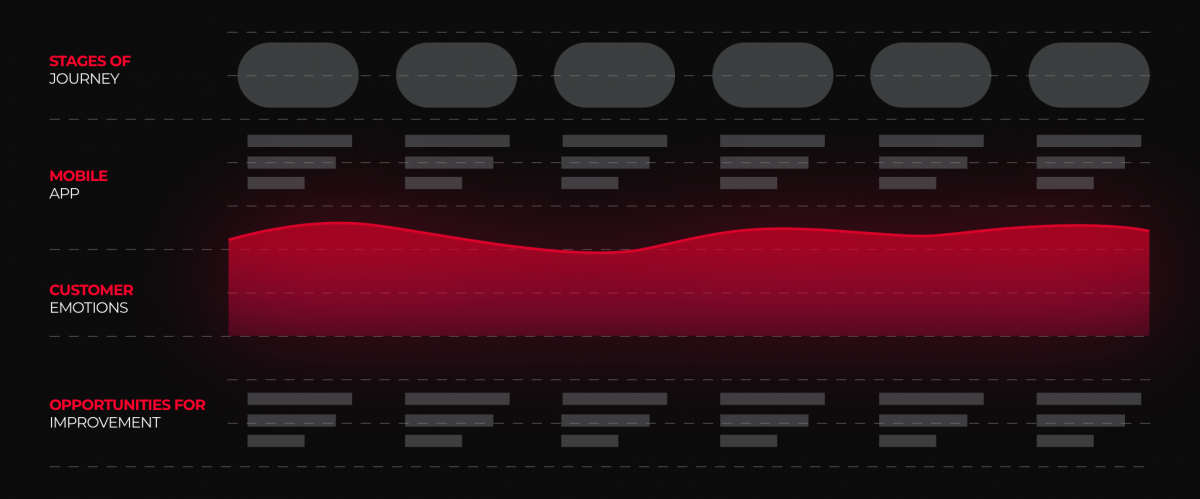
What is the future of User Journey Mapping?
At JBi Digital, we are starting to think about the future of automated User Journey Mapping.
Organisations are already starting to use Artificial Intelligence to self-learn and interpret data about their users’ behaviour.
That’s a topic for another day, but we’re watching this space.
In conclusion...
Understanding user experience is the cornerstone to building and improving customer relationships.
In doing so, a business can position itself as a leader and innovator, and plan for ethical and sustainable growth.
We’ve covered a lot, but our key takeaways for creating an effective User Journey Map (that doesn’t get left on the shelf) are:
- plan effectively with a Task Force team including leadership and subject matter experts
- start with your most important user journey
- speak to your users and research heavily
- share results within your organisation and take focused action based on the data
- maintain momentum, analyse results, and revisit your User Journey Map when necessary
Would you like to help your business stand out with excellent user experiences? Talk to us about creating a tailored User Journey Map for your business at hello@jbidigital.co.uk or by calling 0207 043 2510.
Looking for expert tips to improve your website design, branding and UX? Head over to our insights page.




